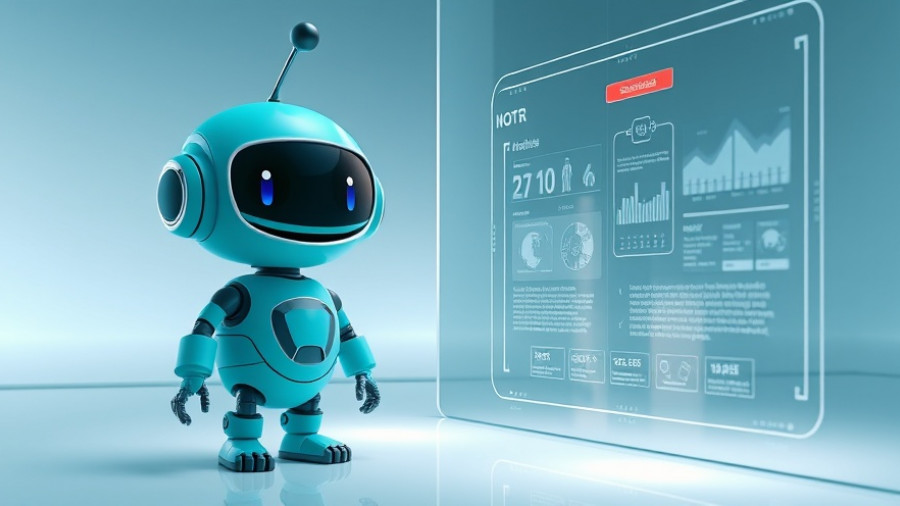
Revolutionizing Home Entertainment: The TCL QM8K
The TCL QM8K represents a significant advancement in television technology, positioning itself as a formidable competitor to OLED TVs. Utilizing Mini LED technology, it boasts a remarkable contrast and detailed shadow performance that challenges traditional viewing experiences.
Understanding Mini LED Technology's Advantages
Mini LED televisions, like the TCL QM8K, leverage thousands of smaller diodes for backlighting, providing superior brightness and enhanced contrast ratios. Unlike previous LED models, the QM8K combines up to 35% more dimming zones, creating depth and vibrancy that's particularly noticeable in high dynamic range (HDR) content. For viewers in well-lit environments, this feature is invaluable, resulting in less glare and a more immersive experience.
The Price Factor: A Budget-Friendly Option
Priced at about $1,500, the TCL QM8K is significantly less expensive than many OLED models, making cutting-edge technology accessible to a broader audience. As premium options like the LG C5 often exceed $1,800, TCL offers consumers a compelling alternative without sacrificing quality. This price-to-performance ratio makes it an attractive option for enthusiasts and casual viewers alike.
Performance Analysis: A Closer Look
In various tests comparing the TCL QM8K to competing models, its performance in shadow detail and color accuracy was commendable. However, some reviewers noted that it may fall short in brightness compared to earlier models or other brands. For example, the predecessor, the TCL QM851, was mentioned to exhibit greater saturation and brightness.
Gaming Features: A Competitive Edge
For gamers, the QM8K’s compatibility with HDMI 2.1 ports and excellent gaming mode ensures quick response times and reduced lag, crucial for fast-action games. Its capability of handling 4K content at a native refresh rate of 144Hz positions it favorably against competitors like the Hisense U8QG, known for its gaming performances.
Is Mini LED Winning the Battle?
As the debate continues between Mini LED and OLED, the TCL QM8K exemplifies the advancements made in display technology. While OLED is revered for its superior color accuracy and perfect blacks, Mini LED TVs are proving to be substantial challengers, especially in environments where high brightness is necessary. The decision on which technology to choose may ultimately depend on individual viewing habits and room conditions.
In summary, the TCL QM8K introduces impressive features that may very well redefine the competitive landscape of modern televisions. If you’re considering a new TV and want to explore the latest technology without breaking the bank, the QM8K is certainly worth investigation.
 Add Row
Add Row  Add
Add 




Write A Comment